No products in the cart.
Travel Guide
Take me there Tuesday: Kipukapuaulu Path at Hawaii Volcanoes Nationwide Park
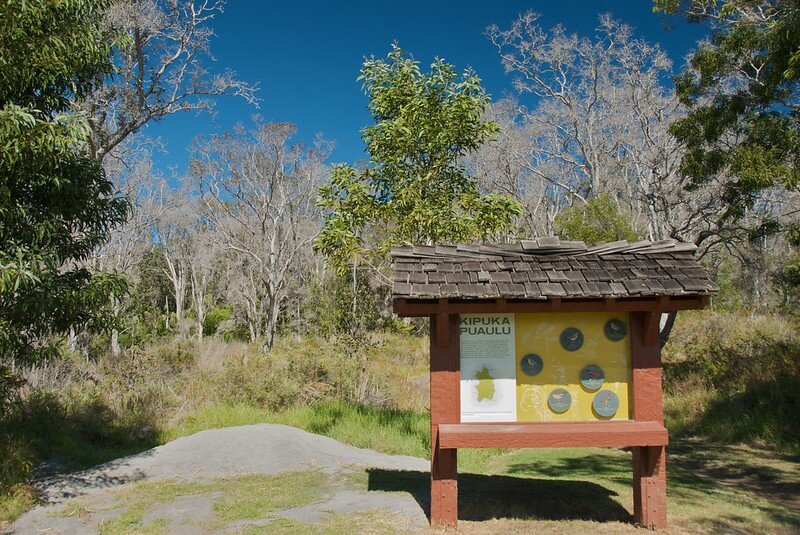
There’s a captivating little path at Hawaii Volcanoes National Park that many of us appear to overlook. The title of this path is Kipukapuaulu. We’ve additionally seen this title as two phrases Kipuka Puaulu, however the one-word model appears to be extra generally used. The phrase kipuka means an island of historical vegetation surrounded by newer lava flows. Check out the next satellite tv for pc picture of Kipukapuaulu and also you’ll get an illustration of a kipuka.
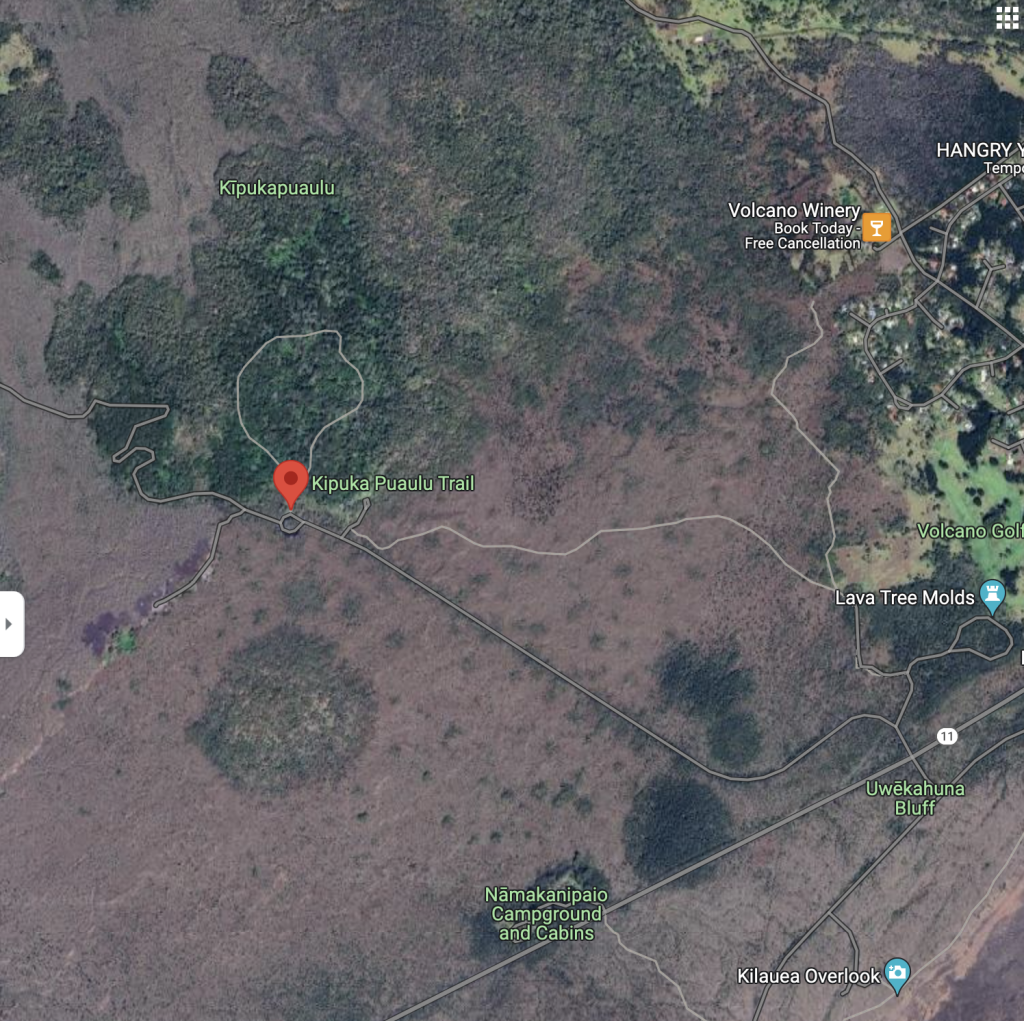
Kipukapuaulu is situated off Mauna Loa Highway, which is a flip simply off of Freeway 11 on the mauka (mountain) side of the freeway. Although this path is a part of Hawaii Volcanoes Nationwide Park, it’s not throughout the park’s gated area. Use this Google Map’s link to be taught extra about the place this path is situated and get driving instructions.
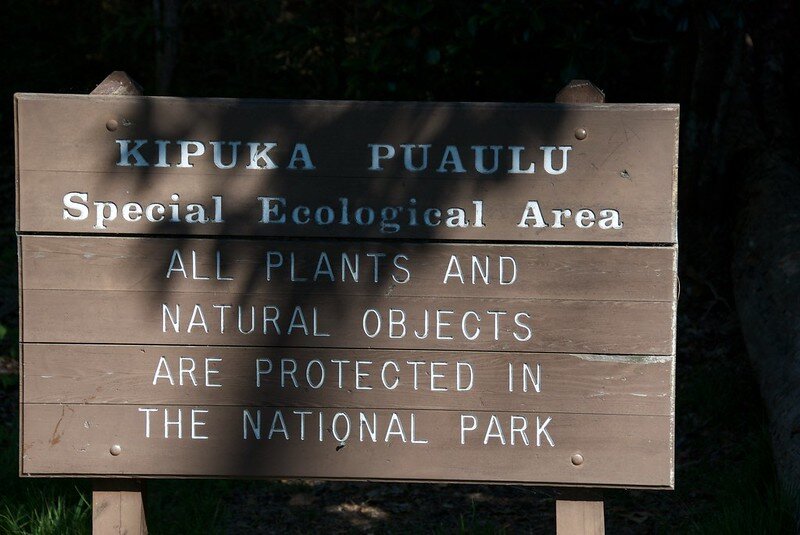
In line with the Kipukapuaulu Trail Guide, it’s a “sizzling spot of organic range, with extra native tree species per acre than some other forest in Hawaii Volcanoes Nationwide Park.”
Once we walked the Kipukapuaulu Path, we loved listening to the chirping birds. We noticed a number of pheasants.
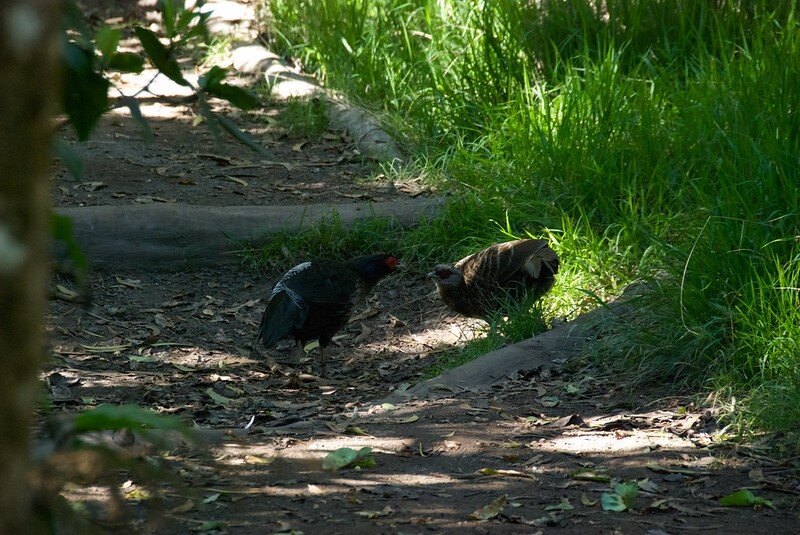
The Kipukapuaulu Trail is barely a 1.2-mile, loop hike. It doesn’t have a lot in the best way of elevation, so it’s thought of to be a straightforward hike.
Bonus Cease – Lava Tree Molds
Once you take a look at Kipukapuuaulu, make sure and likewise cease close by to see Lava Tree Molds. This a part of the park is on a spur simply off Mauna Loa Highway. (See this Google Map’s link with Lava Tree Molds recognized with a crimson marker.)
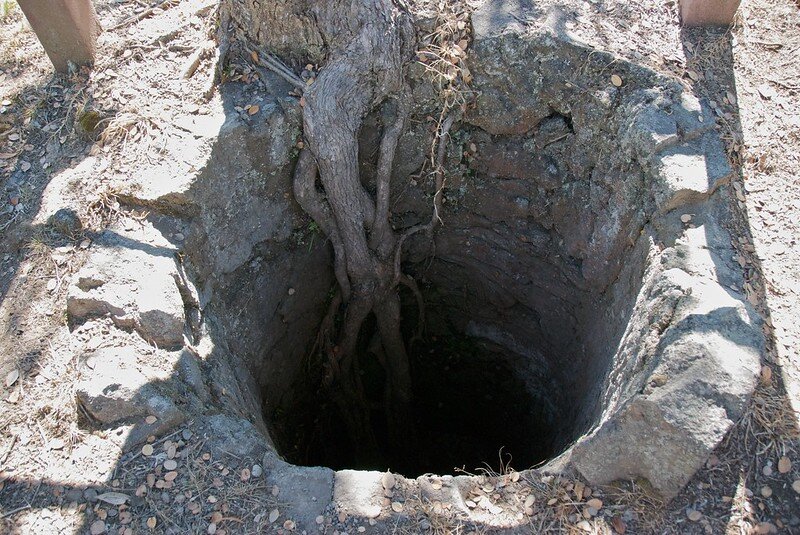
Per this Hawaii Volcanoes Nationwide Park page explaining lava trees and lava tree molds,
“Lava tree molds are in some methods the alternative of lava timber. Tree molds are cavities or holes the place timber stood in a lava circulation. As with lava timber, the plant will expend when the circulation approaches. Nevertheless, tree molds happen when the circulation doesn’t subside or deflate. By not subsiding, the circulation doesn’t expose the column of lava that makes up a lava tree.”
Have you ever been to those fascinating spots if you’ve visited Hawaii (Massive) Island?
